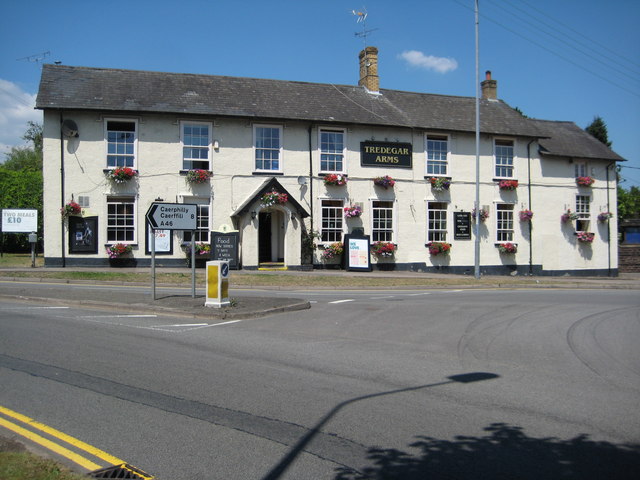Bassaleg is a small semi-urban suburb on the west side of the city of Newport, in south Wales. It lies in the Graig electoral ward and community.
Location, communications & amenities
Bassaleg is located two miles north west of Newport city centre. Bassaleg is roughly bounded by the A467 road (A4072) to the east, the railway spur to Lower Machen (the former Brecon and Merthyr Railway) to the north, the St Mellons Road (B4288) to the south and Rhiwderin to the east. The Ebbw River runs through the area. The A468 road passes through towards Caerphilly and junction 28 of the M4 motorway is less than a mile to the south.
As Bassaleg lies near the junction of the Brecon and Merthyr Railway and Great Western Railway it used to have two stations (Bassaleg and Bassaleg Junction), although they were both victims of the Beeching Axe in the 1960s. As the Ebbw Valley Railway is re-opened, there are plans for a station at Pye Corner on the former GWR line.
Bassaleg School is one of the most notable local educational institutions locally. Known for its sporting and academic prowess, famous past students include current Welsh rugby players Ryan Jones and Alix Popham and former Miss Wales beauty queen Kelly-Louise Pesticcio.
History
Bassaleg’s earliest known inhabitant is Saint Gwladys, a hermit and wife of St. Gwynllyw or Woolos, who founded her own hermitage at Pencarnu, supposedly the site is at Pont Ebbw. While there she bathed in the Ebbw River and the Lady’s Well at Tredegar may have been dedicated to her. It has been suggested that site of St. Basil’s church in Bassaleg was originally dedicated to her. In the 14th century (fl. c. 1320 – 1360/1380), a Welsh lord, Ifor Hael (His real name- Ifor ap Llywelyn) lived in Gwernyclepa manor near Bassaleg. He was a well known promoter of poetry, and he was a friend to the famous Welsh bard, Dafydd ap Gwilym.
According to historians, Bassaleg is the only British place whose name derives from the word basilica, a term used in early Christianity for a church containing the body of a saint. Until the mid-19th century, a grave chapel for St. Gwladys survived close to the church.
The most important local influences was the local estate of the Morgans, Lords Tredegar, at Tredegar House many of whom are buried in the churchyard.
During the Newport Rising of 1839 the Chartist marchers passed through this area heading into Newport.
Bassaleg contains several public houses, including The Tredegar Arms, The Ruperra, and The Friendly Fox The restaurant Junction 28 is also situated in Bassaleg.


